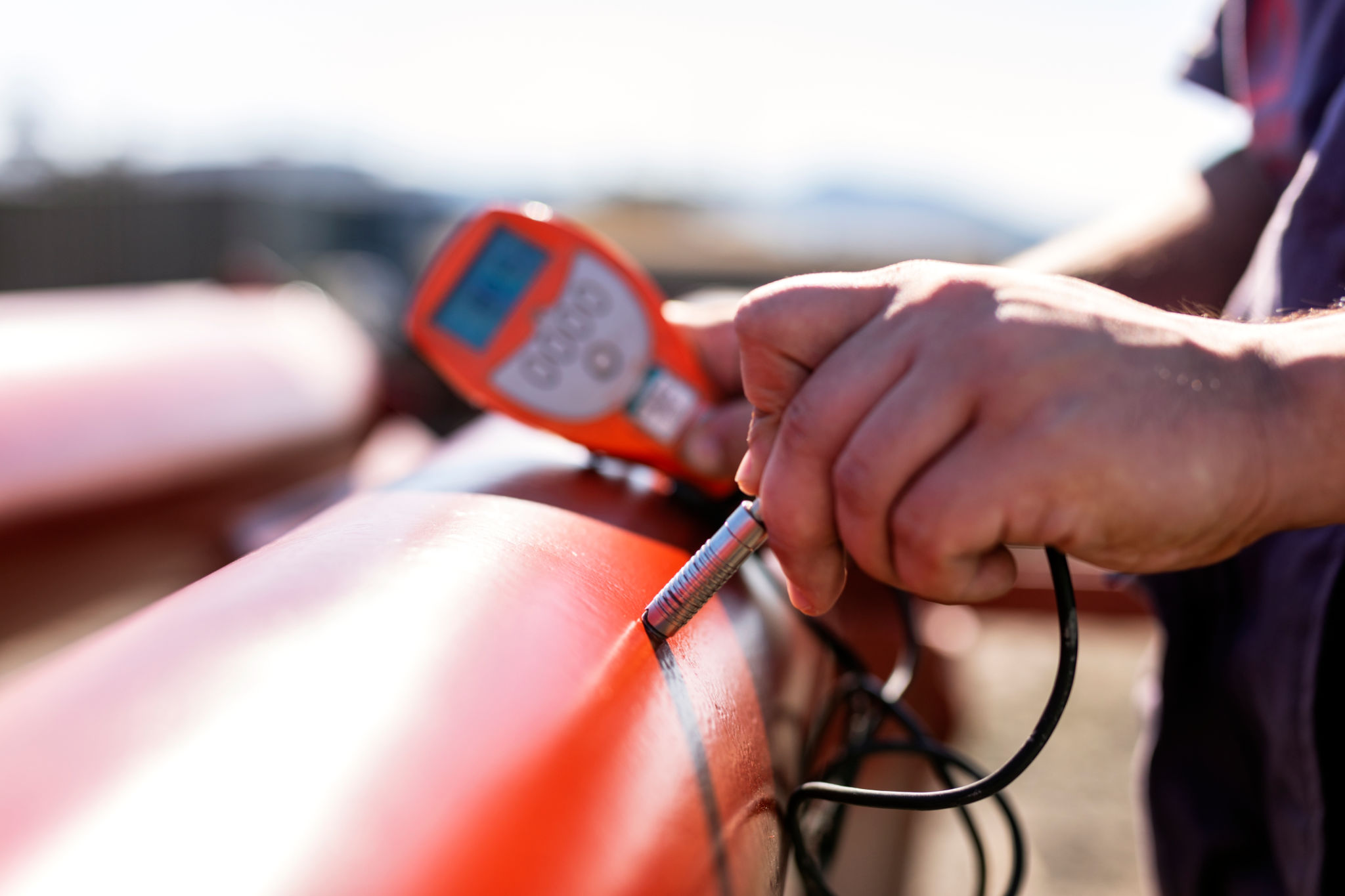Preparing for the Rainy Season: Why Coating Inspections Are Essential
Understanding the Importance of Coating Inspections
As the rainy season approaches, many property owners and facility managers become increasingly aware of the potential hazards that rain and moisture can bring. One critical aspect often overlooked is the condition of protective coatings on various surfaces. Coating inspections are essential to ensure that your property remains protected against the potentially damaging effects of water infiltration.
Protective coatings serve as a barrier against moisture, rust, and corrosion. Without regular inspections, these coatings can deteriorate over time, leaving your property vulnerable to damage. By conducting thorough inspections before the rainy season, you can address any issues proactively and avoid costly repairs down the road.

The Role of Coating Inspections in Preventative Maintenance
Coating inspections are a crucial component of preventative maintenance strategies. They help identify areas where coatings have become compromised due to wear and tear, environmental exposure, or improper application. Regular inspections allow property owners to take timely action, ensuring that coatings remain intact and effective throughout the rainy season.
During an inspection, professionals will assess various factors such as adhesion, thickness, and integrity of the coating. They will also check for signs of damage like blisters, cracks, or peeling. These evaluations provide valuable insights into the current state of your coatings and help determine if repairs or reapplications are necessary.

Benefits of Regular Coating Inspections
Conducting regular coating inspections offers numerous benefits. Firstly, it helps extend the lifespan of your protective coatings, ensuring they provide optimal performance over time. Secondly, it reduces the risk of unexpected failures that can lead to water ingress and structural damage.
Moreover, regular inspections aid in maintaining aesthetic appeal by identifying and addressing cosmetic issues early. This is especially significant for commercial properties where appearance plays a crucial role in attracting and retaining customers. Finally, inspections can help you comply with industry standards and regulations, avoiding potential legal or financial penalties.

Steps to Conducting a Thorough Coating Inspection
To effectively prepare for the rainy season, consider following these steps during a coating inspection:
- Visual Inspection: Begin with a comprehensive visual check to identify visible signs of damage like discoloration or peeling.
- Testing: Utilize tools such as adhesion testers or thickness gauges to assess the coating's integrity.
- Documentation: Record all findings meticulously to track changes over time and plan for necessary repairs.
Engaging professional inspectors with expertise in coating assessments can provide additional insights and recommendations tailored to your specific needs.
When to Schedule Your Coating Inspection
The optimal time for coating inspections is well before the onset of the rainy season. Scheduling inspections during dry periods allows for more accurate assessments and timely completion of any necessary repairs or reapplications.
If you haven't conducted an inspection recently, it's advisable to schedule one as soon as possible. Regular maintenance schedules can then be established based on the specific requirements of your property and environmental conditions.
